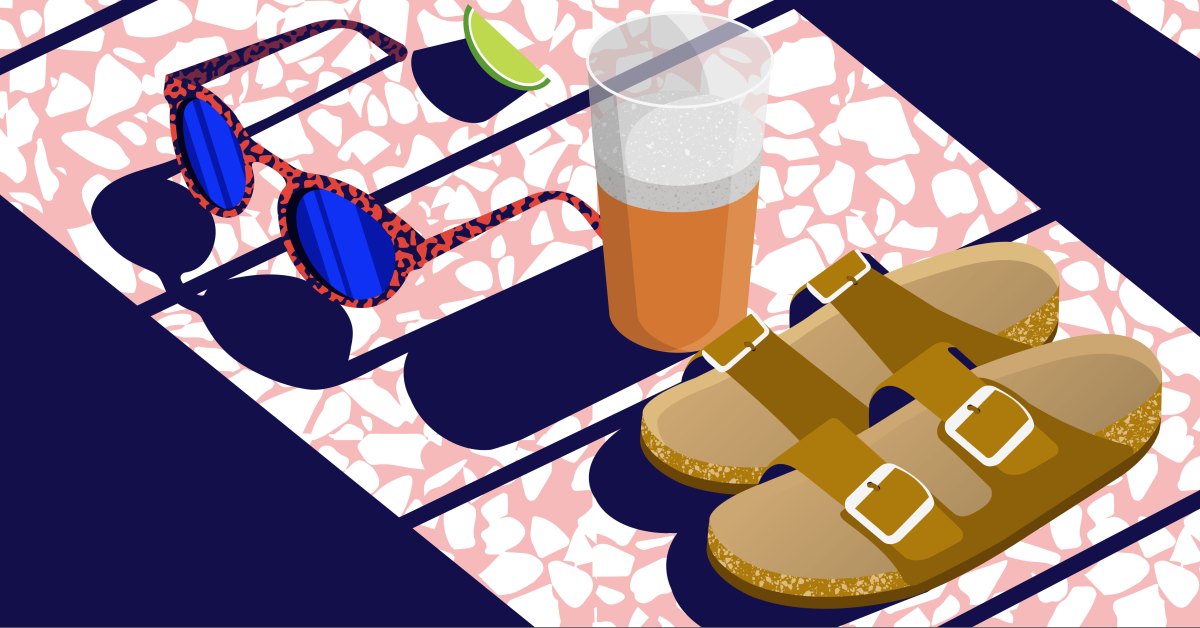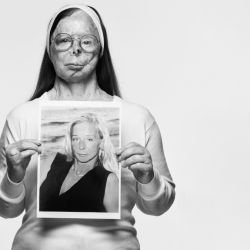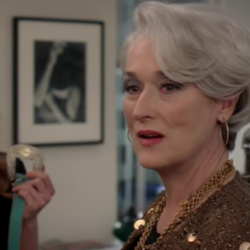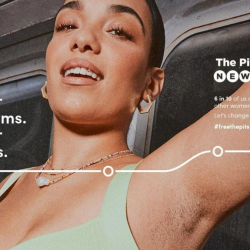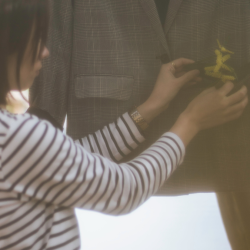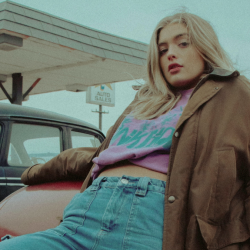I’m a lifelong devotee of Birkenstocks. I’ve been wearing the orthopaedic German sandals – often associated with tourist dads and the dreaded socks and stocks trend – since I was 11 years old. It’s only in recent years, however, that I can publicly profess my love for sporting Birkenstocks with a sense of pride. The sandals have swung from desperately uncool to the height of fashion as Millennials and Gen Zers started adopting questionable styles from their parents’ generations – like fanny packs and mom jeans – and making them, once again, desirable.
With this issue exploring the theme of change, Birkenstocks perfectly demonstrates how to successfully navigate the vicissitudes of fashion and culture while staying true to their roots and honoring the enduring love that consumers earnestly harbor for the brand.
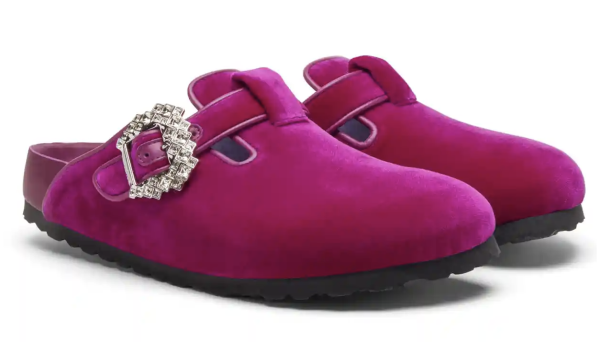
High-end fashion labels have cashed in on this fandom with a multitude of Birkenstock collaborations, including Dior, Proenza Schouler, Jil Sander, Rick Owens, Valentino, Celine and, most recently, Manolo Blahnik, whose crystal-encrusted velvet clog has provoked extreme reactions. Birkenstocks became Vogue’s sandal of the year in 2020, and along with the luxe versions a raft of lower-priced dupes – like the stylised Freedom Moses – have emerged. That said, any doubts over Birkenstock’s place in the world of high fashion were dispelled last year when the company sold a majority stake to luxury group LVMH.
Crocs are another major beneficiary of this so-uncool-it’s-cool trend
The ironic revival of the plastic clog has seen Crocs’ collaborations with the likes of Justin Bieber and rapper Post Malone sell out in minutes. Balenciaga’s latest Crocs Pool Slide will set you back a cool $565.
We’re continually seeing collaborations between high street and luxury brands, including Uniqlo partnering with Simone Rocha and H&M teaming up with designer Sabyasachi Mukherjee last year. These tie-ups show no sign of slowing down, as evidenced by the hype that is already mounting around Comme des Garçons and Converse’s upcoming release of their signature Chuck70 sneakers.
Meanwhile, high-low dressing – or mixing designer and more affordable brands – is a style pioneered by Sharon Stone at the 1998 Oscars when she paired a white shirt from Gap with a Vera Wang skirt, and it continues to hold strong. According to GQ, we’re starting to see a new wave of normcore emerge. The trend is characterised by a stylish embrace of absurdly average-looking clothing (think JCPenney, WalMart, and The Gap), and was first made popular ten years ago as a backlash to the heavy label look. The savvy, and especially young, among us know that being fashionable is about mixing it up, and that “drip” is more about your unique style than the brands that you wear.
This creates a great opportunity for luxury and affordable brands when it comes to younger consumers
Smart brands, like Gucci, use strategic celebrity and influencer partnerships to help them to stay relevant. Luxury brands that collaborate with this new generation effectively are those that balance the trade-off between accessibility and the exclusivity of something designed to be aspirational. It’s a way to give the younger generation access to the brand that will, hopefully, pay off for the brands in larger investment pieces later.
In recent years, however, luxury has been redefined to mean more than just possessions – even those covetable and iconic investment pieces. It’s also about time, space, and a more considered lifestyle. Fashion brands are having to work harder to earn their place in consumers’ wardrobes. Younger, more eco-conscious consumers are taking the ‘fewer but finer’ approach to fashion. Select brands, like Cuyana, are helping to popularise the move towards better materials and craftsmanship, and owning less, but ensuring that each carefully selected piece does more for you. It’s less about disposable fashion and more about curating your wardrobe down to the essential and iconic items that you love, that will last, and that help you to fully embody your style. Gen Zers are exceptionally sophisticated consumers, savvy to marketing tactics and more discerning about the labels they choose, often with brand ethics and ethos taking priority over aesthetics.
So what does this mean for the future of fashion?
Aside from the fact that anyone wearing fanny packs and Birks can be considered cool – if only for a hot minute – this circular trend reinforces the key to success for all labels, at all price points, which is to remain authentic to your brand. Birkenstocks has first and foremost been about comfort and longevity, and this has remained unchanged even through its chicest collaborations and partnerships. They might be cool, but they’ve still got to be crafted for comfort and made to last – which is precisely why Birkenstocks will never go out of fashion with me.
Featured image: Wolff Olins

















